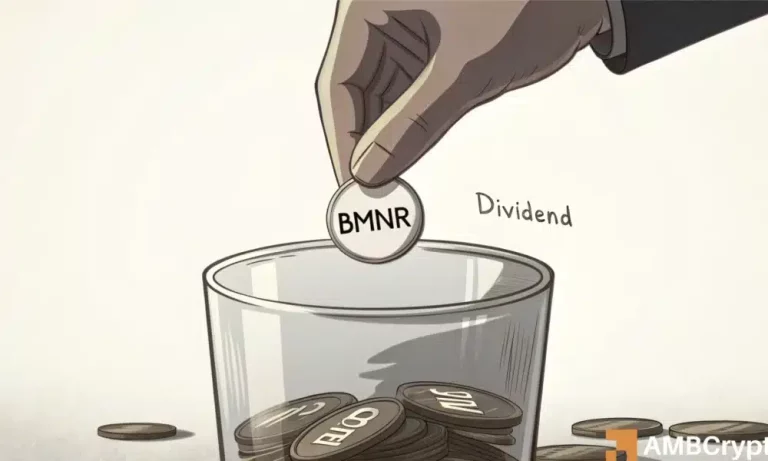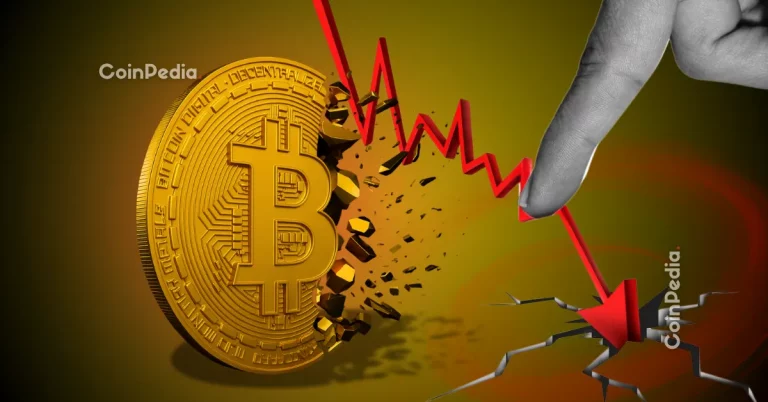
The digital asset market is evolving at a rapid pace, with Bitcoin and stablecoins carving out their distinct roles within the ecosystem. Recent discussions from industry leaders have shed light on how these two asset classes differ in purpose and function, establishing them as complementary, not competitive, branches of the blockchain economy.
Bitcoin: The Digital Gold Standard
Bitcoin has long been referred to as the ‘digital gold’ of the cryptocurrency world. As Michael Saylor, the founder of MicroStrategy, explained in a recent CNBC interview, Bitcoin is not designed to function as a transaction medium but rather as a long-term store of value. Its scarcity, security, and decentralized structure make it an ideal asset for investors looking for a hedge against inflation and a digital equivalent to tangible capital such as gold or real estate.
Furthermore, the development of Bitcoin-based credit tools now enables holders to generate yield on their investments, offering new opportunities for passive income within the cryptocurrency sphere.
Stablecoins: Enablers of On-Chain Transactions
On the other hand, stablecoins like USDC and USDT are built for liquidity, payments, and facilitating blockchain-based financial activities. These assets are pegged to the value of fiat currencies, allowing them to act as practical instruments for everyday transactions without the volatility associated with assets like Bitcoin.
Cathie Wood, CEO of ARK Invest, recently revised her price target for Bitcoin by 2030 from $1.5 million to $1.2 million, linking this adjustment to the increased use of stablecoins within digital finance. Michael Saylor, however, countered that the exponential growth of stablecoins—projected to scale into the trillions—does not diminish Bitcoin’s role as a capital asset. Instead, he emphasized that the two operate on independent tracks, addressing distinct needs within the cryptocurrency economy.
Parallel Growth in the Crypto Ecosystem
Saylor’s perspective underscores a critical point: the crypto ecosystem is not a zero-sum game. Bitcoin and stablecoins are thriving alongside each other, playing complementary roles that enhance the blockchain’s overall capabilities. While Bitcoin secures its position as the premier store of value, stablecoins are becoming the backbone of on-chain transactional finance, supporting tokenized assets and liquidity platforms.
This dual growth highlights the crypto market’s inherent diversity and adaptability. Investors can view Bitcoin as digital capital for long-term appreciation and wealth storage, while stablecoins facilitate seamless engagement in decentralized finance (DeFi). Both contribute to the continued expansion and sustainability of blockchain ecosystems.
Recommended Product: Safe Cold Wallet for Your Digital Assets
For those investing in Bitcoin, stablecoins, or any other digital assets, securing your holdings is of utmost importance. A reliable cold wallet, such as the Ledger Nano X, ensures your cryptocurrencies remain safe from online threats. Its Bluetooth-enabled functionality and user-friendly interface make it a top choice for both new and experienced investors.
As the digital asset market continues to evolve, understanding the unique roles of Bitcoin and stablecoins will help investors make informed decisions and adapt to an ever-changing financial landscape.



